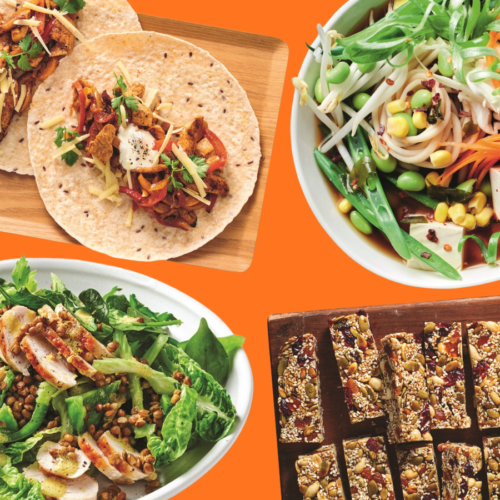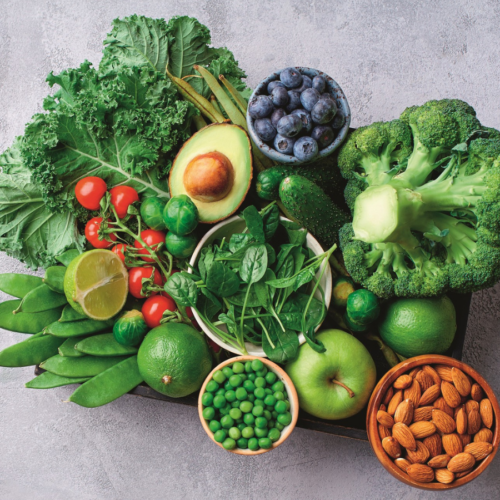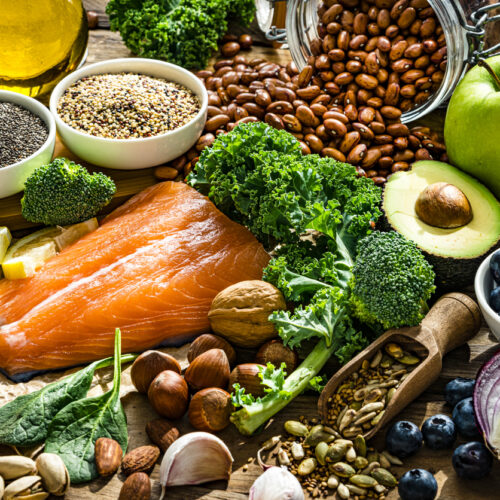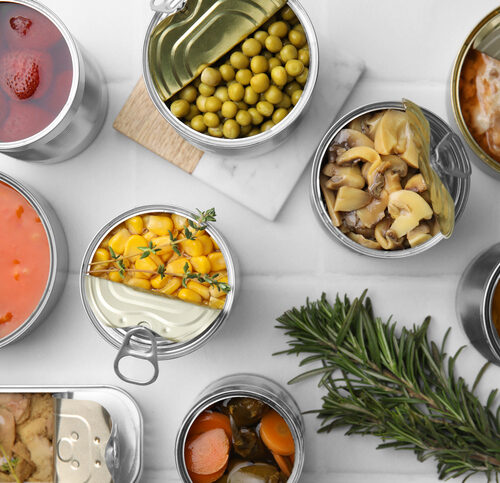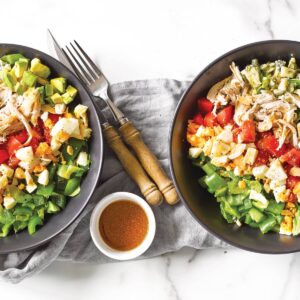
A little bit of organisation goes a long way when you're trying to expand your recipe repertoire.
Keep a recipe folder
- A small ring binder and a stack of clear plastic pockets are good, so you can pop any piece of paper into a pocket whether it's a handwritten note, printout from the internet, or page torn from a magazine.
- Use dividers in your folder so you can organise recipes into sections, whatever works for you. For example, you may section regulars/weeknight recipes, special occasions, salads, soups, desserts.
- At the front of your folder, make a 'new' section for the recipes you've just collected that you want to try.
- Make a plan to try one new recipe each week. Write the ingredients on your shopping list and give it a go. Write down your comments (and your family's) on the page, and decide whether or not you want to cook it again.
- The key step: if it's a winner, cook it again the following week. And keep cooking it every week for at least three weeks. Then add it to your regulars section, and keep it in rotation. Add a new recipe every week and in just 10 weeks you will have doubled your repertoire!
Pantry essentials to make over any meal
- Reduced-fat spread – use a 'no less than 60 per cent' fat spread in baking and savoury cooking instead of butter for less total fat and saturated fat.
- Apple purée, tinned fruit in juice – replace half the fat in baking recipes with puréed fruit or apple.
- Low-fat yoghurt – use in place of cream or sour cream in recipes. Use to top chilli, nachos, soup, and curries.
- Light evaporated milk – use instead of cream or coconut cream.
- Canned beans – add to casseroles, stews, soups and stir-fries to boost fibre and nutrients.
- Red lentils – add to mince dishes and stews to make meat go further and to add fibre and nutrients.
- Frozen vegetables – a super-convenient way to add goodness to all sorts of dishes; keep a variety on hand.
© Healthy Food GuideAll rights reservedReproduction without permission prohibited
www.healthyfood.com
www.healthyfood.com


